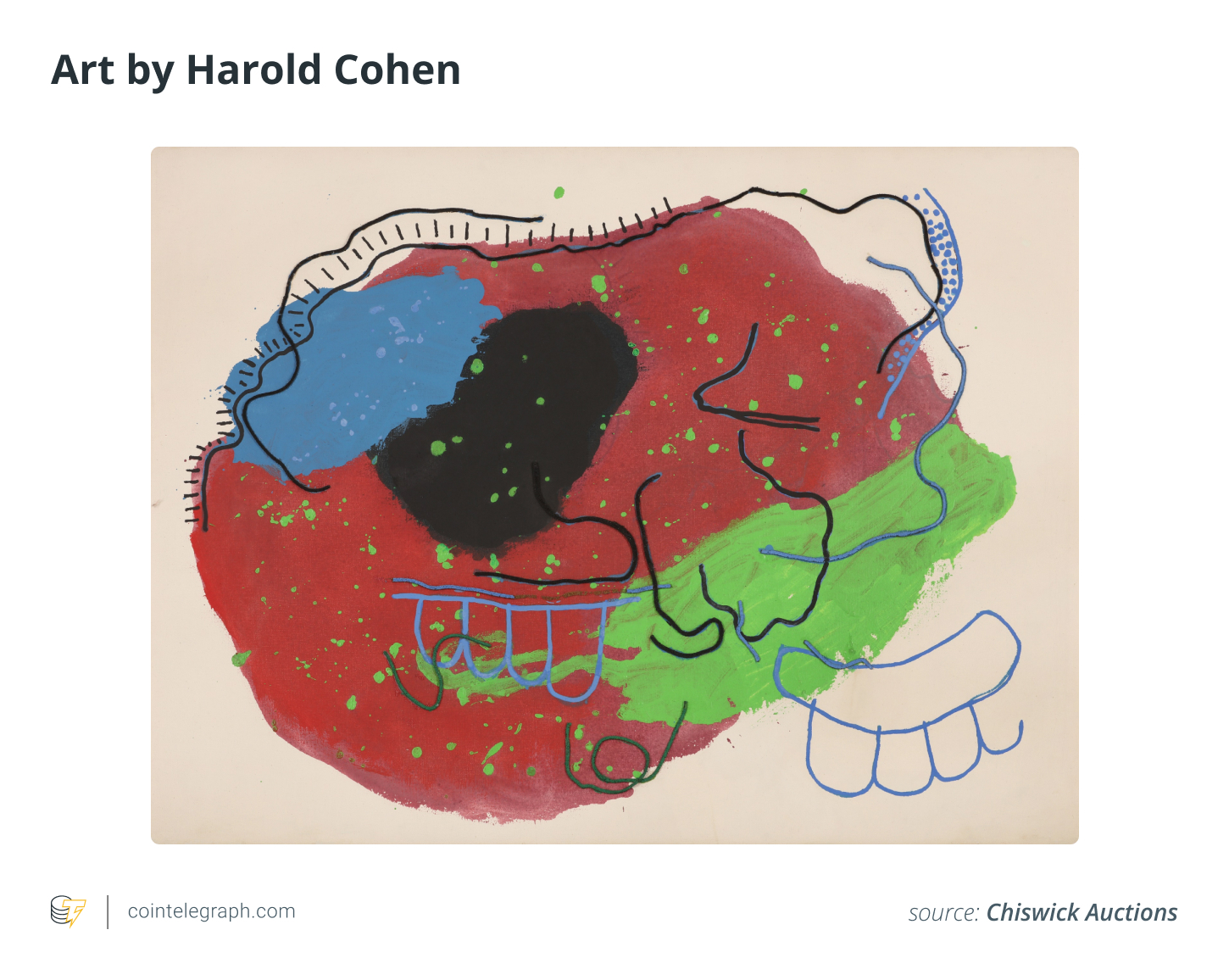Imagine conjuring up any image a mind desires, from a hyperrealistic portrait of a moon-dwelling astronaut to a whimsical watercolor of cats playing chess in a zero-gravity library. This is the magic of generative AI for images, a technology that has transformed the landscape of visual creation in just a few years.
The evolution of image creation using generative AI
The seeds of image creation via generative AI were sown in the 1970s with pioneering models like Harold Cohen’s Aaron, which used simple rules to create abstract art. Artificial intelligence (AI) has had its fair share of history and has advanced through the decades, with neural networks gradually learning to capture the complexities of real-world images. However, it wasn’t until the mid-2010s that the field truly exploded.

In 2014, generative adversarial networks (GANs) emerged, pitting two neural networks against each other: a generator that created images and a discriminator that tried to distinguish them from real photos. This adversarial training pushed the boundaries of realism, paving the way for models such as StyleGAN2, which could generate photorealistic images and manipulate existing ones by changing their style.
Key players in the generative AI arena
The following players dominate the generative AI landscape for images:
OpenAI’s Dall-E 2 and Dall-E 3
These models are renowned for their ability to generate stunningly realistic and surreal images based on textual prompts. Their outputs often evoke a sense of dreamlike wonder, instigating exploration and artistic expression.
Google AI’s Imagen
This model excels at generating images that adhere to specific visual styles, making it ideal for tasks like concept art creation and graphic design. It can also incorporate elements of existing photographs into its outputs, offering a unique blend of realism and artistic freedom.
Midjourney
This platform offers a user-friendly interface and
Go to Source to See Full Article
Author: Arunkumar Krishnakumar
